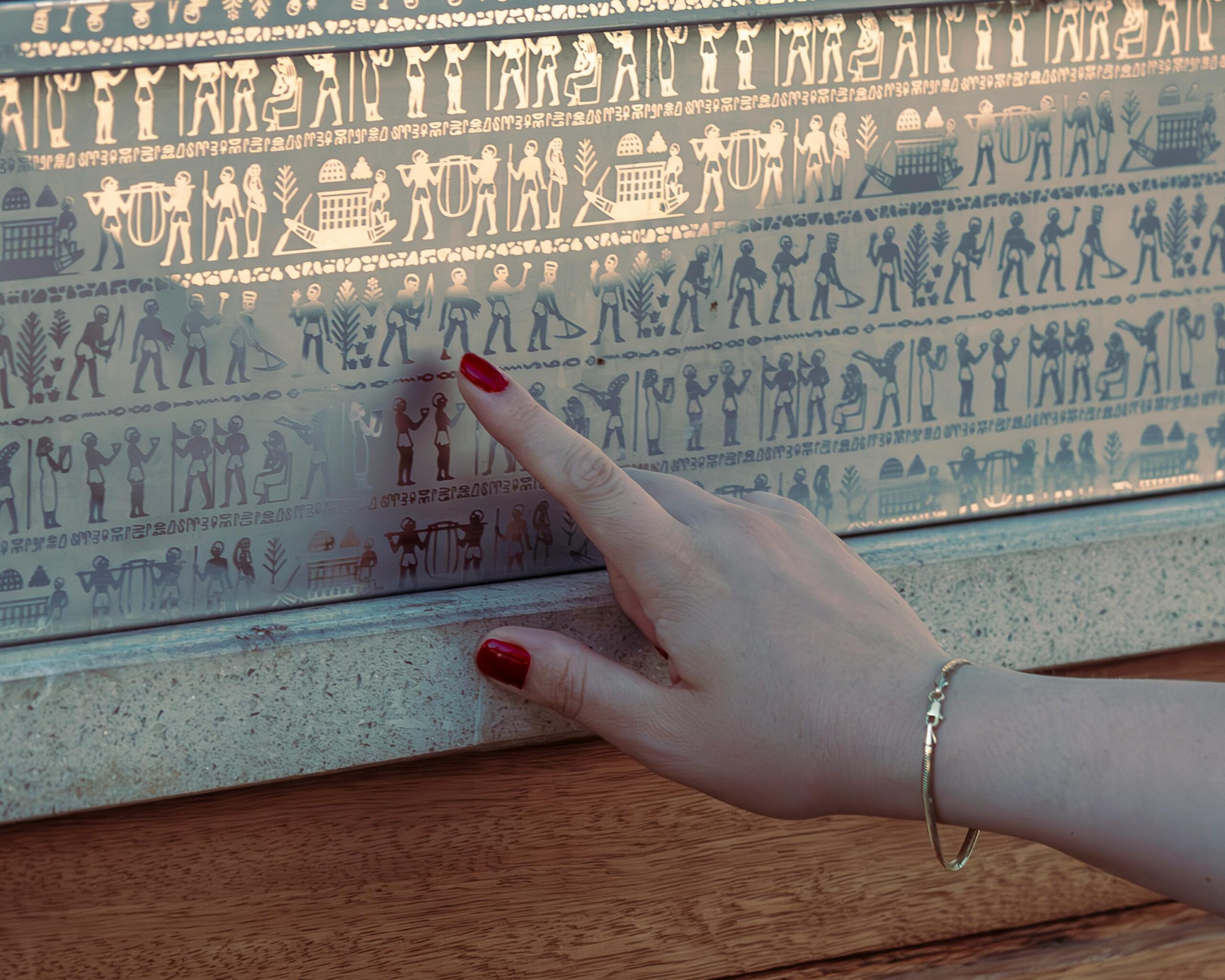The Secrets of Egyptian Hieroglyphs have, for centuries, captivated the minds of scholars, linguists, and enthusiasts. Indeed, this multi-faceted writing system was first invented by ancient Egyptians as a way to convey information and, simultaneously, to speak the divine. This blog would explain the history and importance of Egyptian hieroglyphs, shedding light on how the incredible language reflected the ancient culture of Egypt.
Table of Contents
The Origins of Egyptian Hieroglyphs
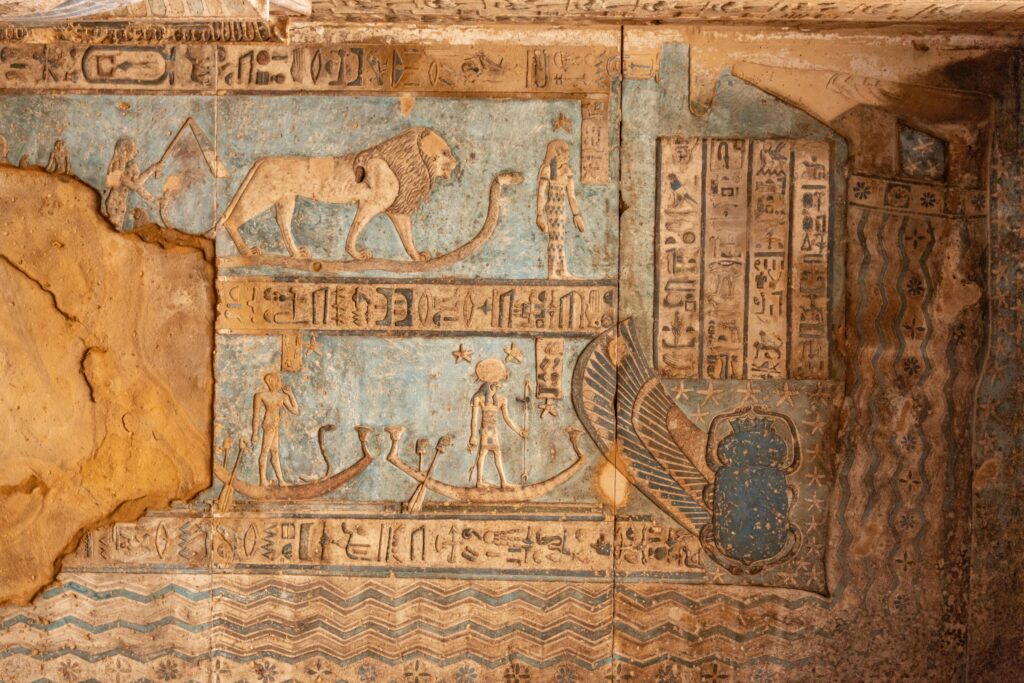
Egyptian hieroglyphs arose during the Early Dynastic Period, between 3100 BCE. The word “hieroglyph” originated from the Greek words meaning “sacred carvings.” It proves that the writing system did indeed have a link to spirituality. In fact, this is where everything came from: to engrave on temple walls, tomb walls, and monuments, various messages meant for the gods and beyond.
Evolution in Hieroglyphic Writing
Egyptian hieroglyphs evolved in time to become a complex system of more than 700 symbols. There are basically three types of these symbols:
- Logograms: Symbols that represent words or concepts-for example, an image of a sun to represent “sun”.
- Phonograms: Symbols that stand for sounds or syllables which would construct words.
- Determinatives: Symbols which explain what the word is; they provide context-for example, a symbol saying it is a person or a place.
With all these symbols, it was possible to carry out full and complicated communication, and therefore, ancient Egyptians are able to record their history, religion, and life.
Importance of hieroglyphs in ancient Egypt
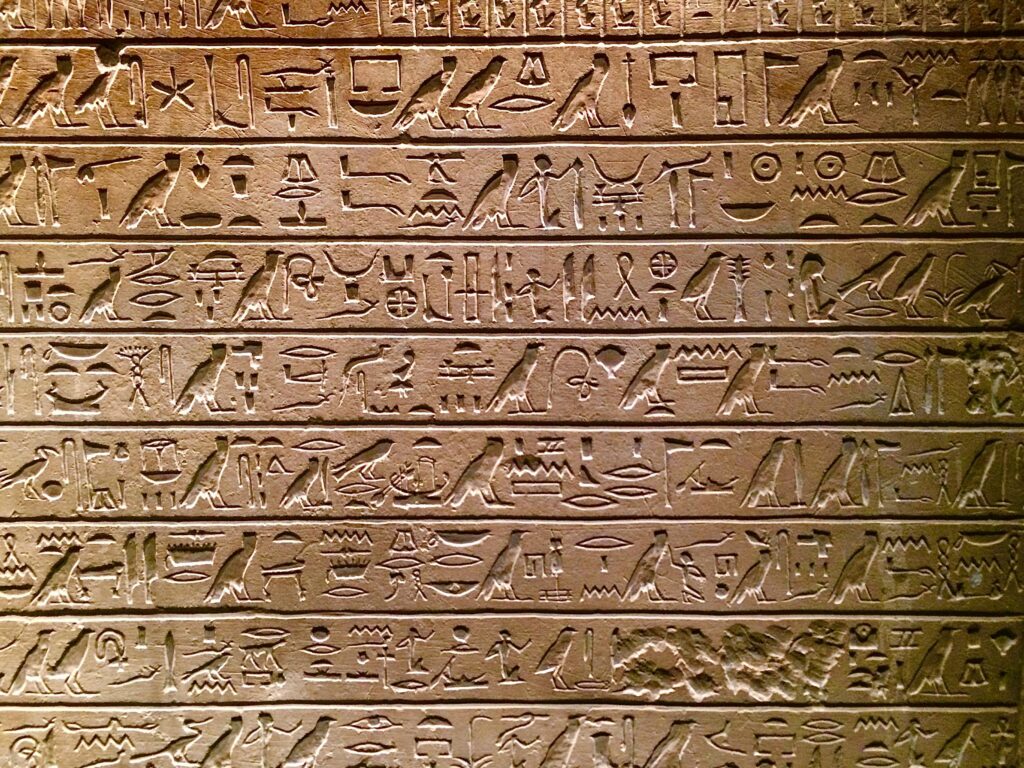
Egyptian hieroglyphs were much more than a form of writing; they have been very emblematically woven into the practice, religion, and identity of ancient Egyptians. They are basically supposed to be divine inventions, believed to have been given by the god Thoth, the deity of the writing and wisdom.
Religious Significance
Hieroglyphs were extremely important within the religious rituals, especially the funereal ones. In tombs and temples carry texts written in hieroglyphs at times where spells and prayers are inscribed to take the deceased persons on their journey towards afterlife. This famous book of spells and rituals-the Book of the Dead-is sometimes inscribed on papyrus scrolls and tomb walls to aid the safe passage to the afterlife.
Cultural Identity
Hieroglyphs also became an important symbol of Egyptian identity. Their use was a distinguishing characteristic of the ancient Egyptians from other neighboring cultures and expressed their unique worldview. The achievement inscriptions of the pharaohs and their divinity further deepened the connection of the rulers with the gods and therefore made their power and authority more cemented.
Important Symbols of the Egyptians and Their Meanings
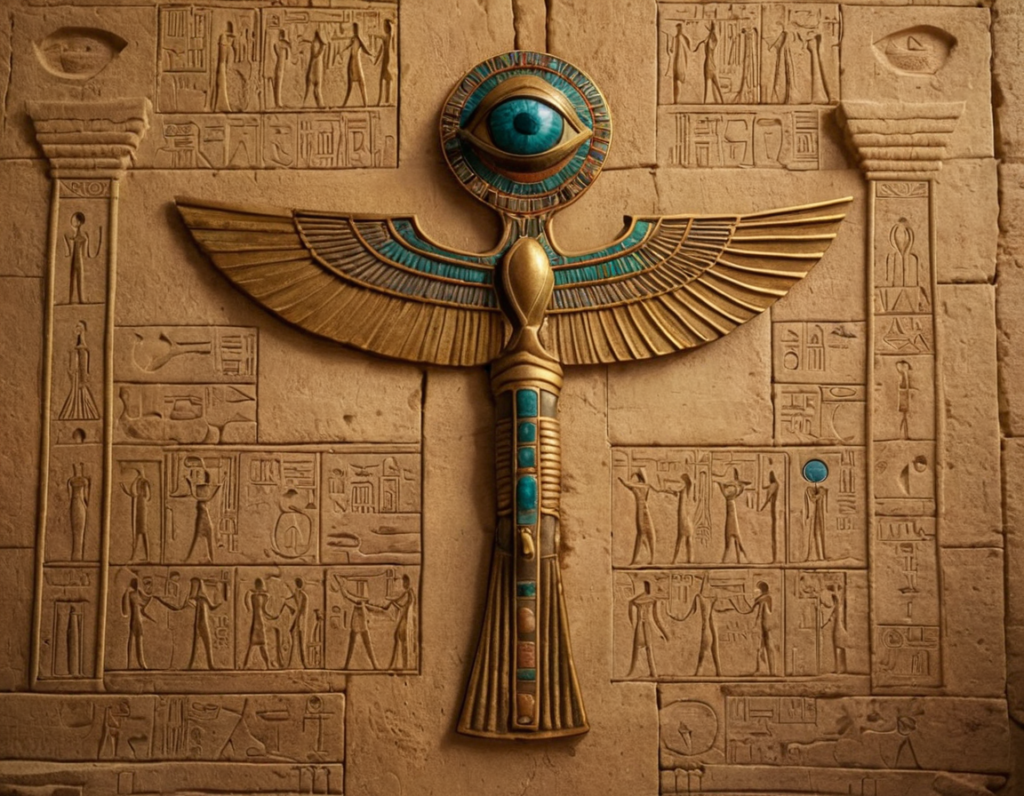
Understanding Egyptian hieroglyphs requires familiarizing oneself with significant symbols and their corresponding meaning. Here are a few significant hieroglyphs along with their meaning:
- Ankh (life and immortality)-it is often attributed to gods
- Eye of Horus-signifies protection, health, or restoration
- Scarab-an impression associated with rebirth and transformation, mostly by god Khepri
- Djed Pillar-signifies stability and Osiris’s backbone is frequently utilized at funerary rituals.
Among other symbols, these represented a language of images that expressed profound meaning and represented the ancient Egyptians’ beliefs.
Hieroglyphs in Tombs and Temples
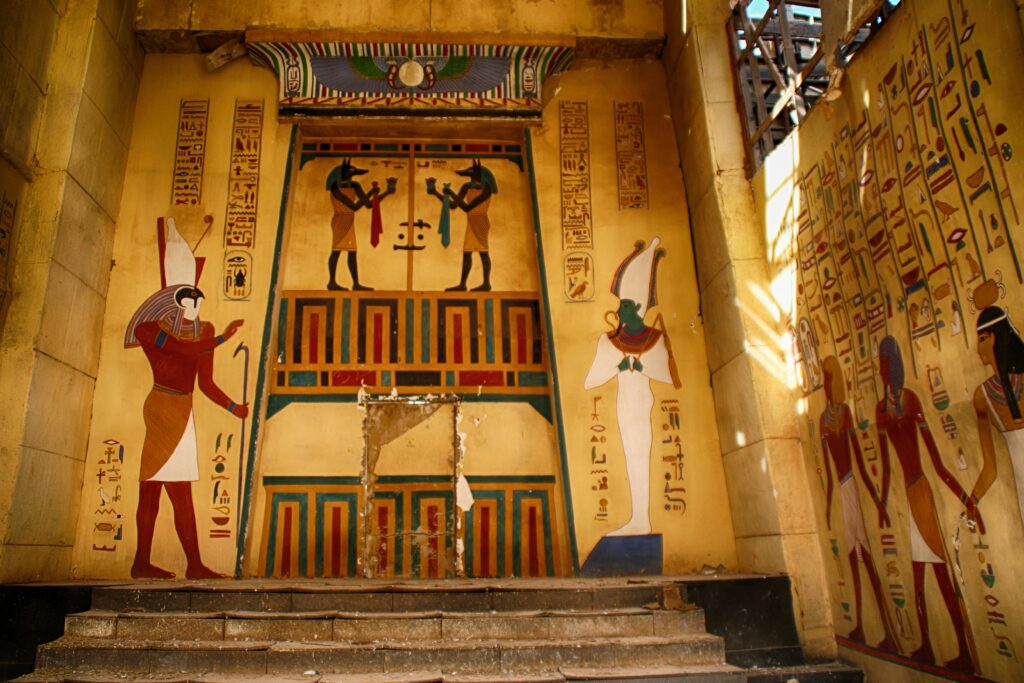
Egyptian hieroglyphs were mainly used in tombs and temples. They were both decorative and communicative. The placement and content of these inscriptions were well-thought-out because they were believed to affect the deceased’s journey in the afterlife.
Tomb Inscriptions
In tombs, the hieroglyphs containing a deceased’s name, titles and spells for an easy journey and protection from evil powers were used. The use of elaborate imagery and inscriptions was to promote the life and contributions of the individual, ensuring that they could continue existing in the afterlife.
Temple Inscriptions
In temples, hieroglyphs were used to show the achievements of the pharaoh, religious rituals, and offerings to the gods. Such inscriptions sealed the bond between the pharaoh and the divine, illustrating their position as mediators between the gods and the people. The implementation of hieroglyphics in temples also relates to educating visitors regarding the gods and worship rituals.
Decipherment of Hieroglyphs
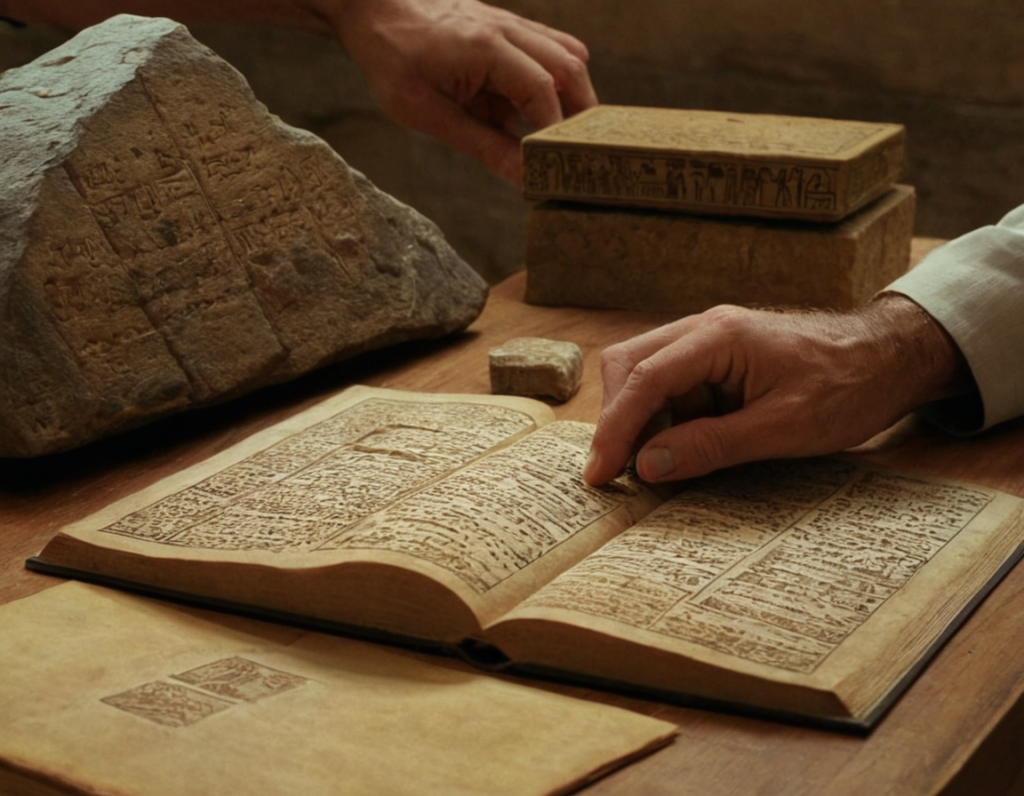
It was only when, in 1799, the Rosetta Stone was discovered that major headway was made in unlocking the code of Egyptian hieroglyphs. The stone contained the same text with three different forms of writing: Greek, Demotic, and hieroglyphs.
Jean-François Champollion
The French scholar, Jean-François Champollion, was the one who deciphered the hieroglyphs in the early 19th century. The individual could compare the Greek text with the hieroglyphs and identify the phonetic elements and lay down the groundwork to understand the language. Champollion’s breakthrough unlocked the door to a more profound understanding of ancient Egyptian history, culture, and religion.
The Legacy of Egyptian Hieroglyphs
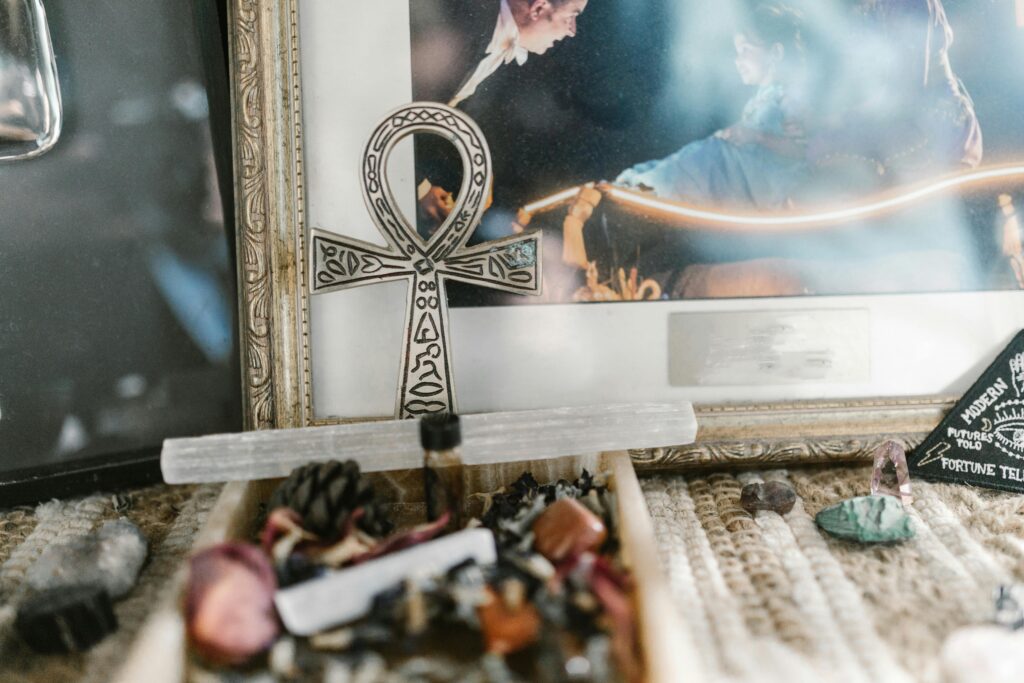
Egyptian hieroglyphs are today an immense source of interest for all the people on earth. Their beauty, along with their complexity, has inspired many generations of artists, writers, and scholars. Today, hieroglyphs are studied not only for their value as linguistic artifacts but also as artworks and historical artifacts.
Modern Use
With days passing by, hieroglyphs are infused in art and in fashion as well as written in literature, and for those with the fervor to understand, hieroglyphs speak with symbols of mystery and of discovery to lead humankind into the grand tapestry of a civilization that made its history.
Conclusion
Secrets of Egyptian Hieroglyphs: Language of the Gods gives the reader a glimpse into the very deepness of culture and belief. Their symbols give an account of a civilization that also valued communication, spirituality, and the pursuit of immortality. We continue to honor and appreciate these great inscriptions to a people whose influence reverberates through time.
What do you think is the most interesting aspect of hieroglyphs? Have you ever come across symbols that speak to you? Share your thoughts in the comments!
